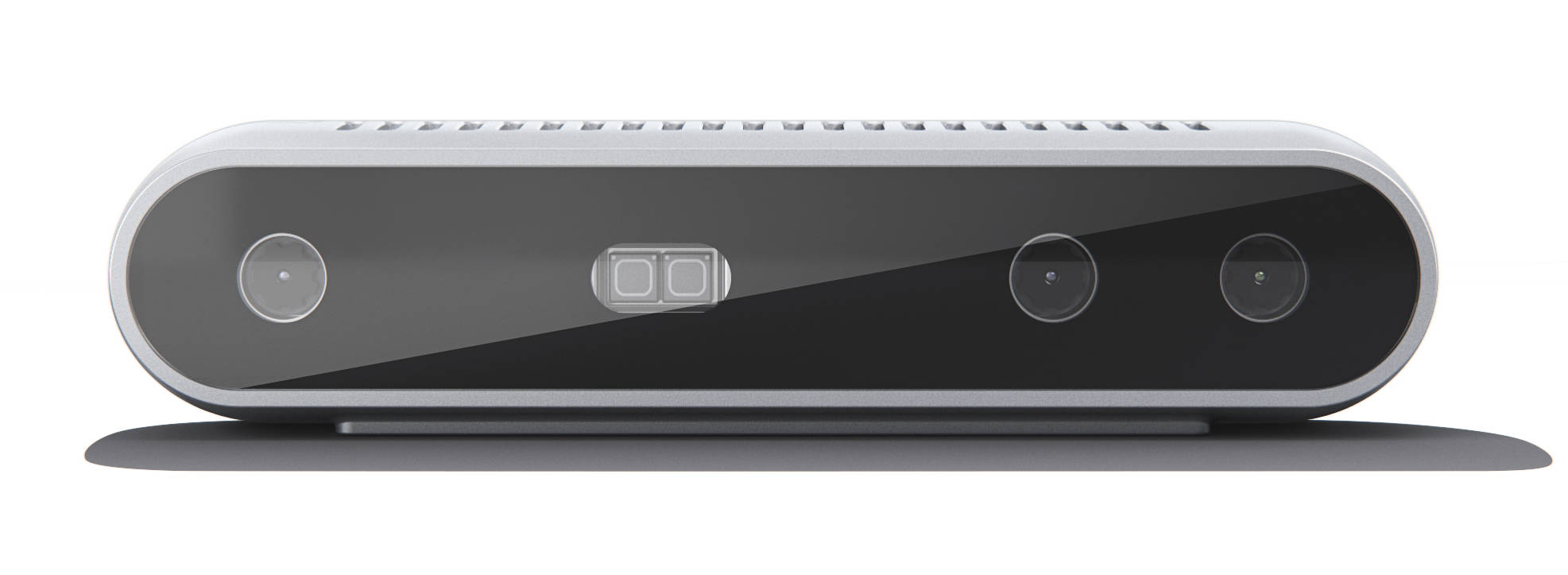| Intel Ditches RealSense |
| Written by Sue Gee |
| Monday, 23 August 2021 |
|
Intel has taken the decision to "wind down" its RealSense vision division. As well as signalling the end of its range of the high-tech cameras and sensors, this also means the end of the road for Intel in-house projects involving LIDAR and facial authentication and tracking.
It is over seven years since we ran news of the Intel $1 Million RealSense App Challenge which challenged devs to design perceptual computing apps for Intel's fledgling RealSense platform. Back then it seemed that this new technology had a lot of promise, but somehow Intel failed to make it into a commercial success. It has, however, been adopted by other projects and the last time we mentioned Realsense was just last week in the context of the Xiaomi CyberDog which uses the RealSense D450 Depth module. According to the CRN report that broke the news, Intel has promised to honor current customer commitments but quite what this means is unclear and we have to be pessimistic given Intel's track record. In his report on the launch of the D415 and D435 in January 2018, Harry Fairhead commented:
But there are problems - can we trust Intel to keep the hardware in production?
He expanded his concerns with:
The problem is that Intel has never had to market anything in its existence - the world has always beaten a path to its door to buy whatever the next x86 chip is. This lack of marketing resulted in the dropping of the Edison, Joule and other IoT devices. Intel simply doesn't get the idea of the "maker" community and supplying the information and devices that are necessary to make something a sucess.
News that his former division was closing came two weeks after Sagi Ben Moshe, the head of RealSense and general manager of Intel’s Emerging Growth and Incubation group, said on LinkedIn that he was leaving the company after 10 years of service.
Dropping RealSense is part of Intel's major restructuring announced by incoming CEO Pat Gelsinger in March, aimed at restoring its pole position as a chip manufacturer. In the 1980's Gelsinger designed the architecture for the Intel 80486 processor and was Intel's first CTO. He had left Intel in 2009 to join EMC as president and chief operating officer and in 2012 became CEO of VMware. He rejoined Intel in February 2020 replacing Bob Swan as CEO.
In an interview with CRN Gelsinger said he decided to wind down the RealSense computer vision division because it did not fit in with the company’s six core businesses, which include the new foundry, graphics and networking units that he formed this year.
More InformationIntel Says It’s ‘Winding Down’ RealSense Camera Business Related ArticlesIntel Ships New RealSense Cameras Intel $1 Million RealSense App Challenge Learn More About Intel RealSense Technology Intel Perceptual Computing Challenge Intel's Vision - Perceptual Computing Intel RealSense - What Can YOU Do With It? Xiaomi CyberDog Proves Everyone Is Robot Dog Mad Intel Divests Itself of Wearables Intel Drops Edison, Galileo & Joule To be informed about new articles on I Programmer, sign up for our weekly newsletter, subscribe to the RSS feed and follow us on Twitter, Facebook or Linkedin.
Comments
or email your comment to: comments@i-programmer.info |
| Last Updated ( Tuesday, 24 August 2021 ) |



